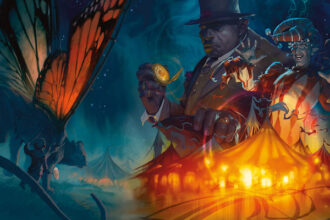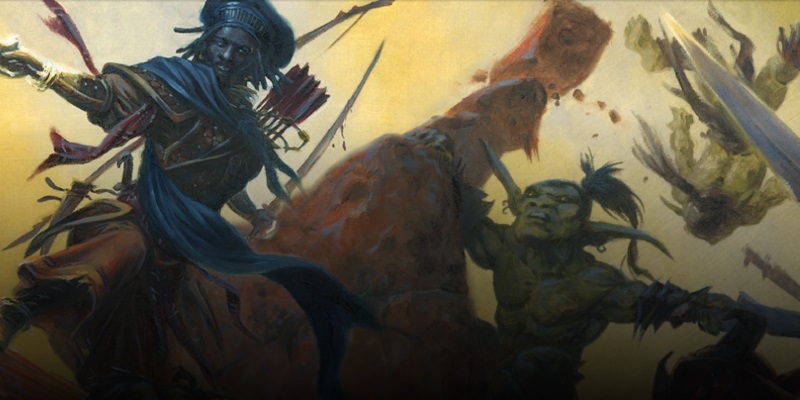The Beastheart – An MCDM Class for D&D5e – Breakdown Part 1
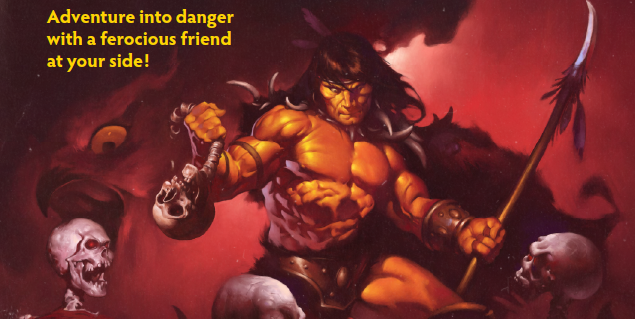
This month MCDM decided to give us something different. In some ways it’s what the Beastmaster Ranger could have been, except the concept now is completely different. It’s its own class! The Beastheart is the perfect class for those players who are looking to play those characters that share an extremely special connection with an animal companion (notice I didn’t say pet, more on that below!)
If you enjoyed the Illriger class, then you should know that the Beastheart is even one step above in what it comes to polishing. That’s how we ended up with 40 pages worth of a class, 5 subclasses, rules on how to handle creature companions when you are/aren’t a Beastheart, and some magic items. I asked on Twitter if you preferred a breakthrough divided into multiple parts to have an earlier breakthrough from my part, or if you would rather have me post it in one single article. The poll results were very close, but more people prefer to have it split into multiple articles. If you want to participate in polls like that or see what I’m up to, why not give me a follow? @TGimenezrGM
Today we’ll focus on the companions, the first section in the ruleset:
The Beastheart
Before we begin, can we take some seconds to appreciate that cover art? It looks AMAZING! It definitely gives off Conan vibes. Ok, with that out of the way, let’s start with the (not so) little beasties.
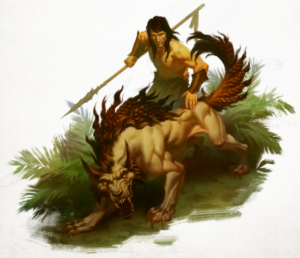
Companion Creatures rules
I’m going to start this by stating that even though animal companion rules are something people have been wanting for a loooong while, giving a companion creature to a character will affect encounter balance. The PDF states that a creature companion affects an encounter in the same way a powerful magic item does. If that is not your cup of tea, then you may only enjoy this section if you are intending to play a Beastheart. Can companions die though? That is a very important question, and the rules here treat them the same way a PC works, by doing death saves and being revived with one of the usual spells. If you want to freely revive your companion you will have to become a Beastheart (more on that on Part 2).
Caregiver
All creature companions have a caregiver. This is something like an “owner”, except we don’t use that word because the monsters are intentionally being left wild, and not docile like a pet. This is what allows the companions to use ferocity in combat, a new mechanic to track that unlocks new attacks the longer combat lasts. The caregiver works as their “pokemon trainer” in a way, by instructing the companion who to attack as part of the PC’s bonus action (this changes if you plan on playing a Beastheart, gaining more benefits)
Ferocity
As stated before, ferocity is what it’s all about when it comes to companions. Once per turn, companions earn 1d4 + the amount of creatures within 5ft of the companion ferocity points. This means:
- Companions work better tanking the enemies by placing themselves within all enemies (putting itself in danger)
- The longer the combat, the more ferocity it builds
Ferocity, at the same time, works as a way to balance out the companion’s abilities. You have signature moves you can spam every single turn, but the “ferocity actions” can only be used once the companion earns a certain amount of points. Nevertheless, taking into account companions are still wild creatures, an extra (and very fun) mechanic is introduced.
Rampage
Once a companion gets 10 ferocity points, there is a chance they may enter a rampage and attack creatures close to them at random (yep, even the caregiver). This means that by accumulating ferocity points you are pushing your luck to possibly get the chance to use a ferocity action, but you run the risk of getting hurt or hurt those close to you. By the end of combat, ferocity goes back to 0 points, meaning you are now safe from your companion.
Stat blocks
Companions use different stat blocks from the ones in the Monster Manual, in a similar way to the mounts from Arcadia 1. Their hp and attacks improve as the PC levels up, even if you are not a Beastheart, which is amazing! That means that your companion won’t die or be useless once you hit lvl10. They all have a signature attack that is the attack you can always spam and are always melee, and 3 ferocity actions that may or may not use the signature attack as part of it. The PDF comes with sideblocks that offer some variant rules, such as using the companion as a mount as well.
Companions
15 different companions appear in the PDF, with more to come in future Arcadia articles, and much more created by fans and shared in the MCDM Subreddit and Discord. These range from monstrous creatures such as basilisks and dragon wyrmlings to weird ones such as gelatinous cubes, mimics, and earth elementals. My favorite one has got to be the bullette, because how cool is it to burrow with your own companion and attack enemies from under their feet as if you were mounting Jaws? Another interesting pick is the gelatinous cube, who lets you travel inside of it without taking damage and allows the caretaker to attack enemies engulfed by the “companion cube” (see what I did there?)
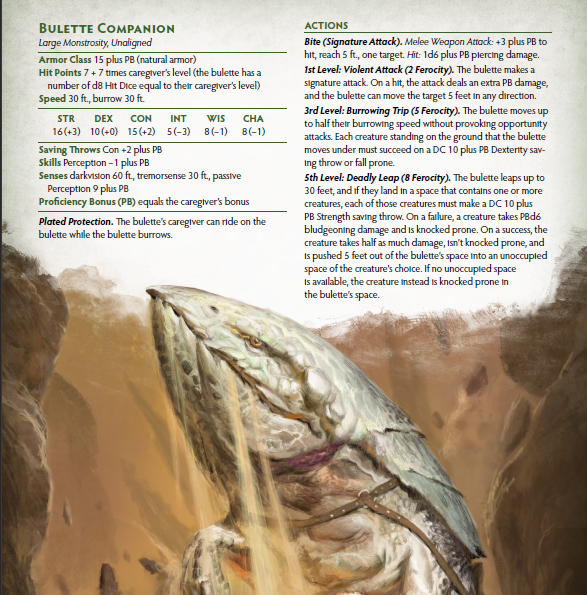
Final Words
I won’t yet give a conclusion because there is still much to read. I’ve already taken a good read at the class, and some glimpses at the subclasses. This means that I will probably make two more articles, one with the class and some subclasses and the other one with the other subclasses and my conclussion. I am doing this so you can have a quicker review of the product and I don’t have to stress myself reading, analyzing, rereading, and writing down a full review article. So far I’m loving this product and I hope you do love it as well!
GET BEASTHEART CLASS FROM MCDM STORE
BECOME AN MCDM PATREON FOR FUTURE ARCADIA ISSUES AND MCDM PRODUCTS

